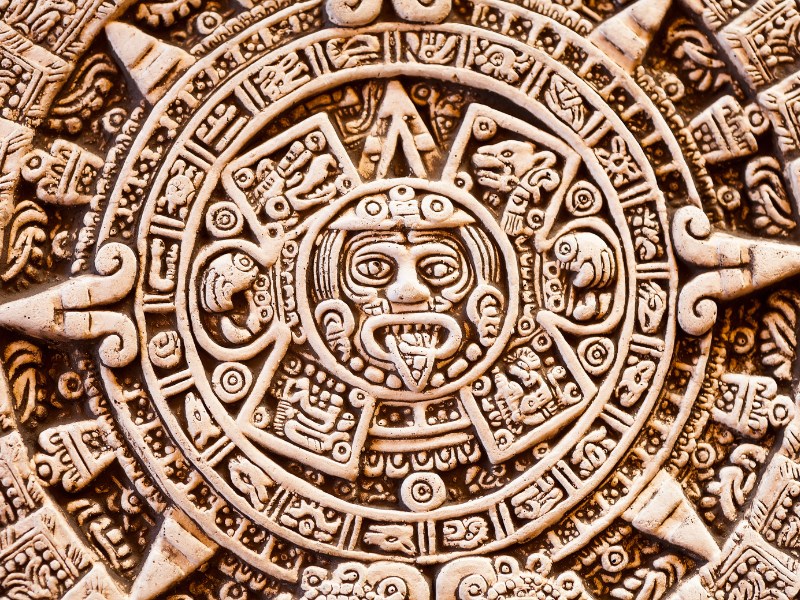The History of Chewing Gum
Unknown to many, the habit of chewing gum dates back thousands of years and has been practised across multiple civilisations throughout the ages. What is believed to be the oldest piece of gum is over 5,700 years old.

Gum in the Stone Age
Chewing gum has a surprisingly long history, with evidence suggesting that it was used as far back as the Neolithic period (new Stone Age) [1] and due to the antiseptic nature of birch bark, it may have had medicinal properties.
Scientists have now found ancient pieces of chewed on birch tar in Scandinavia which preserved enough DNA to reconstruct the full human genome of its ancient chewer, identifying the microbes that lived in her mouth, and even reveal the menu of a prehistoric meal.

Hippocrates' Habit
Mastic gum is a resin obtained from the mastic tree, which is native to the Mediterranean region. Ancient Greeks were known to chew mastic gum for various reasons, such as freshening their breath, improving dental health, and as a form of stress relief or pastime.
Hippocrates, often referred to as the father of modern medicine, also reportedly used mastic resin for its medicinal properties such as a teeth cleaner, breath freshener, and as an aid for digestive issues.

Central American Civilisations
In ancient Mayan and Aztec times, chewing gum was a common practice. Both civilisations used chicle, a natural gum derived from the sapodilla tree, as their primary ingredient for making gum which is the same gum we use today in Kaigum, by making small incisions in the tree bark and collecting the sap as it dripped out.
The ancient Mayans chewed chicle for various purposes. It was believed to help maintain oral hygiene, freshen the breath, and alleviate thirst or hunger. Similarly, the Aztecs also used chicle for its oral benefits and enjoyed chewing it as a pastime.

Native Americans
Native Americans have been using chewing gum for centuries, primarily derived from tree sap and resins. Their use of chewing gum varied across different tribes, and it served multiple purposes, such as relieving thirst, freshening breath, and for medicinal purposes.
- Spruce gum: Native Americans from the northeastern regions, including tribes like the Iroquois, Algonquin, and Abenaki, chewed for its pleasant taste and to help suppress hunger or thirst.
- Sweetgum: Native tribes in the southeastern United States, such as the Choctaw, Creek, and Seminole, used sweetgum resin as a source of chewing gum,, which has a pleasant, aromatic taste and was used to freshen breath.
- Chewing gum from other tree resins: Some Native American tribes in the western United States, like the Chumash, used resins from other trees, such as the California bay laurel, for chewing gum. The gum was chewed for enjoyment and its pleasant taste.
Chewing gum, as we know it today, has evolved significantly from these early Native American practices, but the tradition of chewing gum for its taste and various benefits remains rooted in their customs.

Where we are now
A chemist named William F. Semple filed a patent (US Patent No. 98,304) for a synthetic gum in 1869, but the idea didn't gain traction until nearly a century later when by the 1960's most manufacturers switched to butadiene-based synthetic rubber.
Synthetic gum bases, such as polyvinyl acetate and styrene-butadiene rubber are more popular with mainstream gum brands because they are significantly cheaper than natural sources and allow for greater control over the gum's texture and properties.
Today, the majority of chewing gum available in the market is made using synthetic gum bases derived from petroleum.

